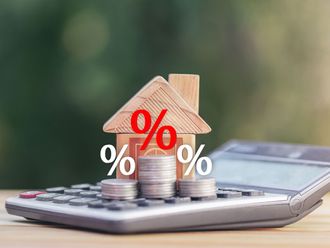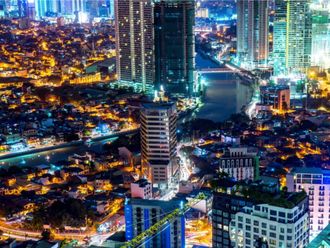Dubai: The Iranian economy, which had been on a strong revival path following the 2015 nuclear deal with the world powers, appears be on shaky ground as the deal itself is facing uncertainty and the country is facing huge political upheaval, according to Institute of International Finance (IIF), a Washington-based association of global banks and financial institutions
Iran witnessed a series of violent protests throughout the first week of January that had both economic and political dimensions. Although the protests have ebbed, grievances that gave rise to the protests remain and may lead to another round of unrest.
The nuclear accord, which is needed to support Iran’s economic reforms, is at risk of falling apart. On January 13, President Trump said that he would waive nuclear sanctions on Iran for the last time, compelling the US and European allies to develop new provisions to strengthen the nuclear deal within the next four months.
“We believe that the recent protests in Iran have complicated Trump’s calculations about whether to rip the multilateral nuclear deal negotiated by the Obama administration. While France, Britain, Germany, China and Russia are likely to resist renegotiating the nuclear deal, the US may then have to act alone with sanctions. We give the nuclear deal a 57 per cent chance of surviving during Trump’s term given the constant threat of sanctions snapping back into place,” said Garbis Iradian, Chief Economist, Middle East and Africa, IIF.
According to IIF analysts, economic prospects in Iran hinge on the fate of the nuclear deal, since the withdrawal of the US from the deal could deter investment and trade with Iran and ultimately economic recovery. The exchange rate in the black market [which accounts for more than 50 per cent of foreign exchange transactions] could depreciate at a faster rate leading to higher inflation. While the impact on hydrocarbon exports could be limited, assuming that other parties to the agreement would maintain their willingness to engage under its terms, according to the IIF, non-hydrocarbon real GDP growth would decelerate to around 2 per cent and unemployment would rise to above 13 per cent.
“With over 95 per cent of Iran’s labour force employed in non-hydrocarbon sectors, prolonged non-hydrocarbon growth anywhere below 5 per cent will fail to significantly reduce unemployment,” said Jonah Rosenthal, senior research analyst at IIF.
Iran has experienced elevated levels of consumer price inflation during the past few years. While the current government succeeded in bringing down headline CPI inflation to around 10 per cent, food prices remains high at 14 per cent, year-on-year, in December 2017. Exchange rate pass-through is strong in Iran; a 10 per cent nominal depreciation increases inflation by 4 per cent.
The IIF sees a unilateral US withdrawal from the agreement and even if the other parties remain, this would markedly crimp Iran’s economy. “Overall growth would remain subdued for the foreseeable future at around 2.5 per cent annually, as private consumption and fixed investment would grow slower than in 2017. Slow growth in foreign capital inflows would keep the financial sector under continued strain, placing further pressure on the black-market exchange rate, and preventing inflation from falling below 9 per cent,” Iradian said.
Analysts say that with the continued strain on all sectors of the economy, the Iranian government could continue to lose popular support, which could create an opening for hardliners to intervene and assert control.
In contrast, if the deal survives the current impasse, and the US not only honours the existing agreement but eases sanctions on Iran’s financial sector, it would be a strong catalyst for deeper structural reforms and for broad-based economic growth, which according to the IIF, could result in GDP growth over 5 per cent annually by 2020.












